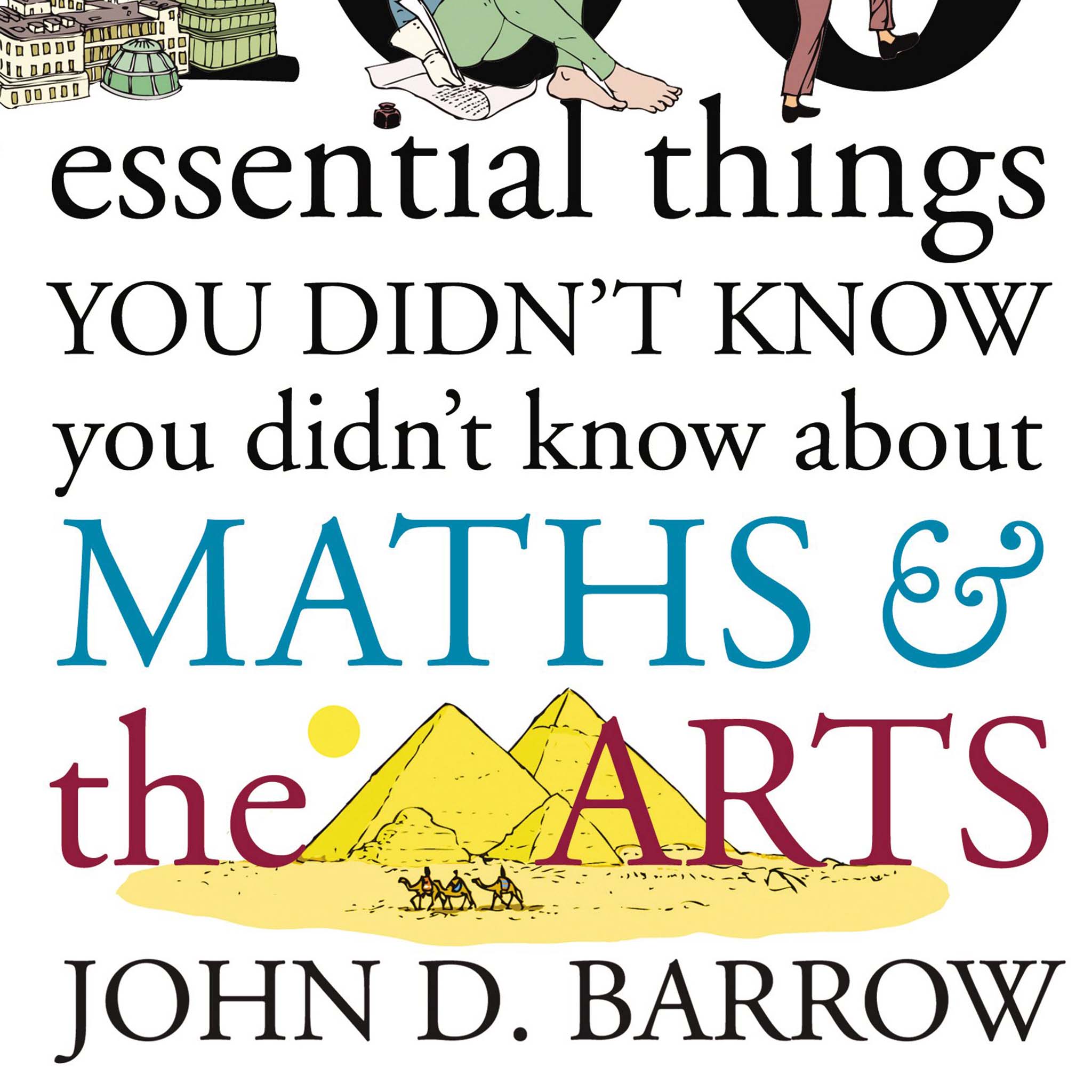100 Essential Things You Didn’t Know You Didn’t Know About Maths and the Arts by John D Barrow, book review: The sum of all its parts
Barrow writes clearly and engagingly, formulae and equations are used sparingly and require only a basic grounding in maths

Galileo said that the “great book of nature can be read only by those who know the language in which it is written.
And this language is mathematics”. Many books have attempted to illustrate this truth, exploring the unexpected ways in which natural laws can be described in precise mathematical terms. Mathematicians have sought to explain to a general reader what mathematics is really about and why a mathematical formula can be just as “beautiful” as a painting, a sculpture or a symphony.
John Barrow is a professor of mathematics at the University of Cambridge, with a doctorate in astrophysics. He is well known for his popular science books examining the historical, philosophical, and cultural implications of developments in cosmology, physics, and mathematics. He is also director of the Millennium Mathematics Project, a Cambridge University programme which aims to “increase mathematical understanding, confidence, and enjoyment” among the general public.
In his new book, Barrow takes us on a tour of the arts in 100 short chapters. He delves into sculpture, literature, architecture, and dance – not to mention stamp design, pop music, forgery, doodling, diamond cutting, and the layout of medieval manuscripts. In each chapter we are invited to rethink how we see, or hear, the world around us, and to appreciate how simple maths can illuminate creativity. We learn how many words Shakespeare knew (66,534, give or take), where best to stand when looking at a monument, and why Dickens led a crusade against the use of statistics.
Barrow writes clearly and engagingly. Formulae and equations are used sparingly and require only a basic grounding in maths. Plentiful black and white illustrations bring the ideas to life, and you can dip in and out as each chapter stands on its own. A word of caution, though: some of the maths requires a fair bit of mental effort, as there isn’t space to spell everything out. But the effort is amply repaid, and notes are provided for each chapter.
The title recalls an old Arabian proverb: He who knows not and knows not that he knows not is a fool – shun him; he who knows not and knows that he knows not is simple – teach him; he who knows and knows not that he knows is asleep – wake him; he who knows and knows that he knows is a wise man – follow him. For me, at least, the book was a stimulating wake-up call.
Subscribe to Independent Premium to bookmark this article
Want to bookmark your favourite articles and stories to read or reference later? Start your Independent Premium subscription today.

Join our commenting forum
Join thought-provoking conversations, follow other Independent readers and see their replies